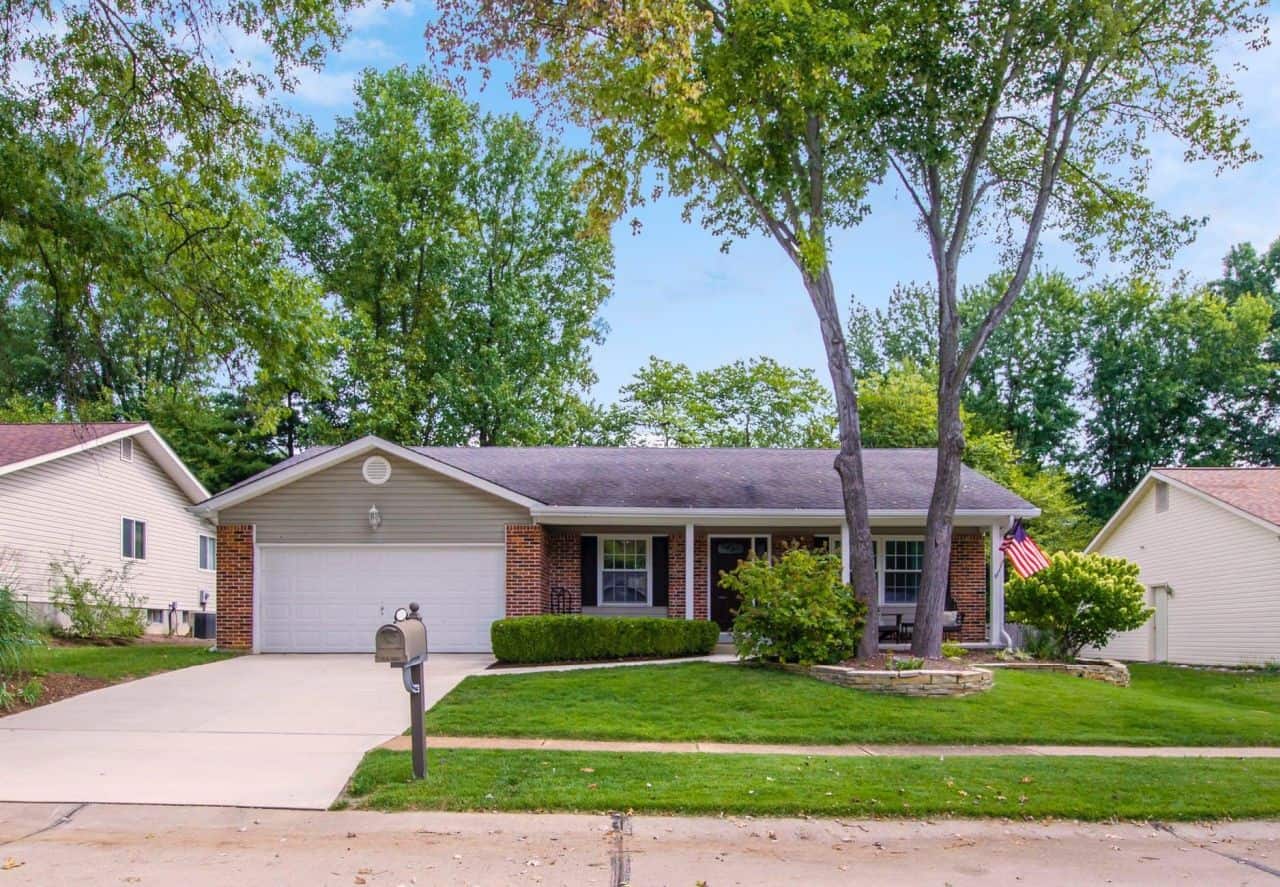There are so many things to enjoy when you retire. But financial limitations might have an effect on your enjoyment level. If you need more money for retirement hobbies, or even essentials, a reverse mortgage can help you get those funds. The home mortgage designed specifically for retirees is set up differently from a standard home mortgage to offer you the most help with the least risks. Yet, there are some downsides of a reverse mortgage. Let’s explore some of those upsides and downsides now.
Upside: You Get Immediate Reverse Mortgage Funds with No Immediate Complications
One of the biggest upsides of a reverse mortgage is the ability to receive money right away and spend it free and clear, at least in the immediate future. A traditional mortgage requires you to start paying portions of what you borrow back almost as soon as you borrow the money. It also requires you to make payments scheduled for specific dates. On a retiree fixed income, that can be difficult.
A reverse mortgage does not increase your regular bills like a traditional home mortgage. Instead, it lets you use the money you receive without any immediate ramifications. You do have to pay the money back, but often not for many years. That can help you live more comfortably with no extra bill to worry about, at least for a while.
Upside: No Scheduled Payments Means You Cannot Miss Payments
One of the biggest risks of taking out a traditional mortgage on your home during retirement is it gives you an ongoing mortgage bill you have to worry about. That worry is a serious matter because failure to pay the bill even once could cause you to be evicted from your home. A reverse mortgage relies on you agreeing to stay in the home and does not come with a schedule you have to stick to. Therefore, you are at less risk of losing your home.
Downside: There Are Still Ways to Lose Your Home with a Reverse Mortgage
Like anything else, a reverse mortgage can have some downsides. When exploring those reverse mortgage potential downsides, one of the possible issues that tops the list is that there is still some risk of defaulting on the loan. In other words, there are ways you can violate the loan agreement and find yourself suddenly owing back what you borrowed right away. For example, you cannot file for bankruptcy without violating your reverse mortgage agreement. You also cannot fail to meet any of your home ownership financial responsibilities.
Downside: You May Feel Stuck in One Place
Since a reverse mortgage has no set payment schedule, the agreement can stay active for many years. In fact, it might stay active for a decade or more. You can obviously take vacations during that time. However, you cannot move into another home permanently. Therefore, a reverse mortgage might make you feel tied down to one area. If you envision ever wanting to move, you may want to think twice about signing an agreement for such a loan.
More Reverse Mortgage Factors to Think About
The upsides and downsides above are only a sampling of the factors to think about before you sign the loan agreement. You also have to consider your current financial situation and preferences. Also, if you do apply, you might decide you want a reverse mortgage, but with an adjusted agreement. For example, a line of credit you can draw from when you need to might suit your needs better than monthly payments. That is why you may want to talk to a reverse mortgage specialist before making up your mind.
